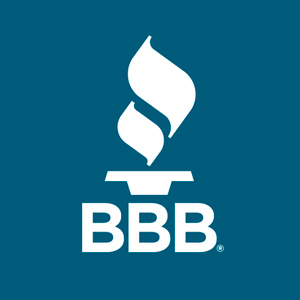This article was originally posted at businessinsider.com at https://www.businessinsider.com/personal-finance/build-wealth-organize-finances-february-2023-2
Written by Jennifer Streaks
- In February, organize your finances by prepping for tax time. Gather your documents and file early if you can.
- Also, automate your savings and make sure that your credit is in good shape.
- The steps you take now will set up your finances for the entire year.
1. Gather your tax documents and file early if you can
Tax season officially started on January 23, but you may not have all of the necessary documents yet.
W-2s for employees and 1099 forms for freelance workers weren’t required to be sent out until January 31 st. It could be a few more days before they arrive in the mail. Once you have all of the documents you need, there is no reason to wait until April to file.
Filing your taxes early has several advantages. Highest among them: you will get your refund sooner and if you owe, you will see your tax bill a few months earlier before it’s due on Tax Day which will give you extra time to budget to take care of the bill.
2. Take a look at your tax withholding
Many people want to get a large refund each year from the IRS. But this might not be the best thing for your finances. That tax refund is basically an interest-free loan that you are giving the federal government instead of using it all year for your own expenses. By adjusting your tax withholding you could be putting that money in your pocket.
The goal is to set up your paychecks so that enough money is being withheld each pay period that you won’t owe at tax time and not so much withheld that you give the IRS an interest free loan.
3. Check out your credit
This is a perfect time to see what kind of shape your credit is in and if any work needs to be done. You are entitled to a free credit report once a year. Once you receive yours, review it for any errors that might be impacting your credit score and contact the respective credit bureaus (Experian, Equifax, or TransUnion) to fix any errors that you find.
4. Make sure your credit cards are working for you
Understand what kind of credit card user you are. If you pay your credit cards off every month, obtain a credit card with the best rewards (you can see our picks for the best rewards credit cards) or a cash back credit card. If you carry a balance from month to month, then find the lowest interest rate credit card possible. The credit card you chose should help you reach your financial goals in the most affordable way possible.
5. Automate your savings
Put your savings on set it and forget it. Automating your savings is a smart way to increase your savings. Making your savings automatic is an easy way to separate savings from spending money. Automation also helps you avoid spending money as soon as it hits your bank account. Out of sight, out of mind.
Two ways to automate your savings are to split up your direct deposit and put a part of it into your savings account and to set up a recurring transfer from your checking account into your savings account.
This article is based on an excerpt from “Thrive Affordably: Your Month-to-Month Guide to Living Your Best Life Without Breaking the Bank,” by Jennifer Streaks.






